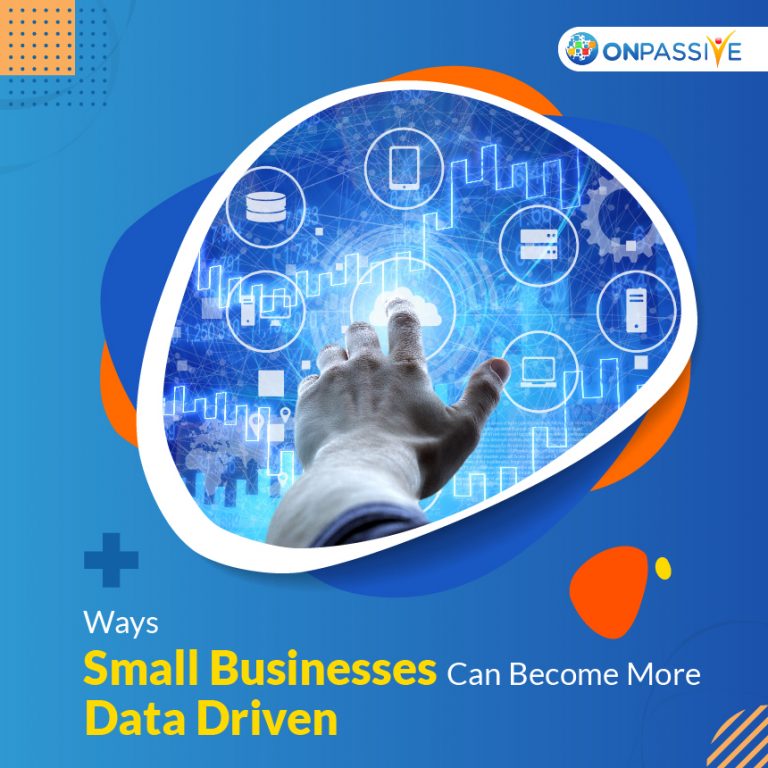
Why data is important for small companies?
The word ‘big data’ has become a buzzword in recent times. Data sources that are constructed on measurable goals or key performance indicators (KPI’s) are used to study patterns and facts from these insights, and develop strategies and activities that benefit the business in many areas.
Your instincts don’t go right always, the majority of your business-based decisions should be assisted by metrics, facts, or figures associated with your aims and initiatives that make a stable backbone to your management reports and business operations.
The importance of data lies in the stable and continual progress of a business. It empowers a small business to create new prospects, generate more profits, forecast future trends, enhance current operational efforts, and yield actionable insights. That way, a small business stands to grow and evolve its realm over time. As a result, a business will become more flexible.
Here’s how a small business can be more data-driven
Source of information: The importance of data sources lies in the stability and continual progress of a business. It empowers a small business to create new prospects, generate more profits, forecast future trends, enhance current operational efforts, and yield actionable insights. That way, a business stands to grow and evolve its realm over time; as a result, a small business will become more flexible. Communicating with customers on daily basis and interacting with them produce enormous amounts of data. Unless you know what’s already available to you, you can’t make use of it.
Using a Square POS system, you can collect names, types of credit cards, time of purchase, and more. POS systems are commonly used in stores. Other data sources are less obvious: If you place Facebook ads, you can understand it beyond conversion rates. Who’s clicking the ads? from where? and on what devices?
A peep into the Square dataset may show that most of your customers are repeat customers. This could motivate you to initiate a loyalty program to reward your frequent customers.
Be attentive: Once you consider the amount of data you’ve already collected, it is easy to get abstracted by all the statistics available. Keep in mind your business goals, then think through which figures you need to monitor.
Say you operate a food joint. Although ingredients cost are essential, there are some questions which we can relate to like should you open a drive-thru location? The average amount of time your team spends attending a customer at a window? Which service channel has a higher average order amount?
When you have a specific target in mind and are collecting data, the next step is simple: making time to review.
Acquire data for decision making: The biggest challenge in data-driven decision-making is: When you need to answer a business question, everyone must defer to the data and make data-driven decisions. Develop a strategy around how to approach the facts and figures. Set limits for the amount of data needed and over what timeframe samples should be considered.
Data obsession is one of a reason to Google’s success. The search giant keeps tabs on approximately 500 KPIs (Key Performance Indicators) so that it always has the data it needs to make a choice. Many of Google’s initiatives start by identifying trends, such as the link between slower page load times and decreased visitor activity.
Some benefits of business being data-driven
Increase in efficiency: Integration of data and analysis help contribute to the growth of a small business or company’s core capabilities and can further discover business prospects. It delivers a lot of valuable insights and plays a significant role in increasing efficiency and value.
Increases revenue: Data plays a major role in generating revenue There is a lot of room to make developments and predict the trends. A data-driven organization or a small business can overcome its competitors and can find a lot of innovative revenue generation by performing various business operations.
Swift feedback: Data-driven businesses keep getting feedbacks all the time, directly or indirectly. It regularly shows you what is being liked and accepted. This helps you to introduce new products and services to customers.


